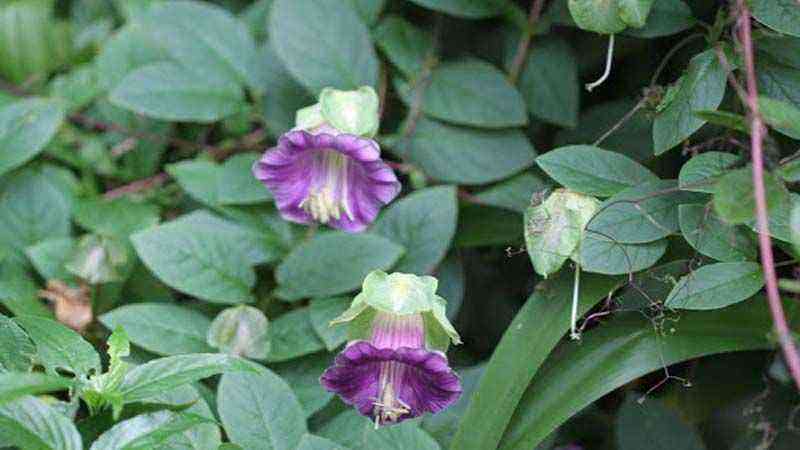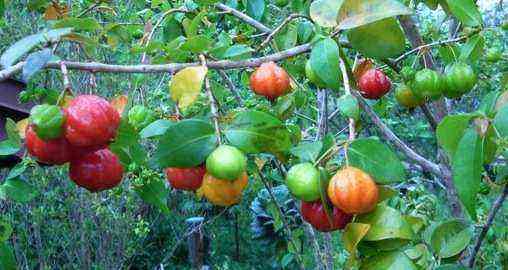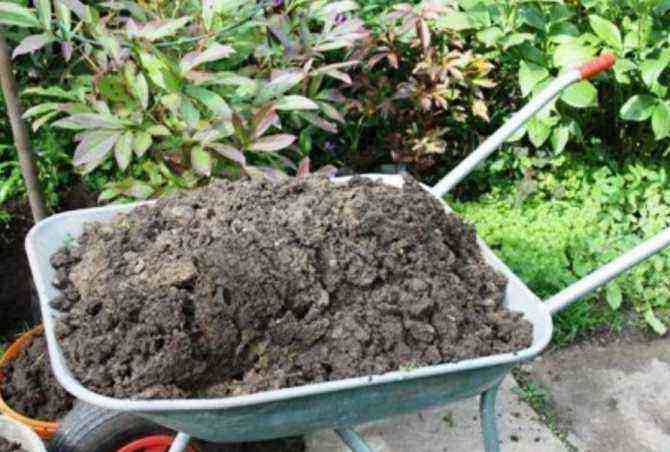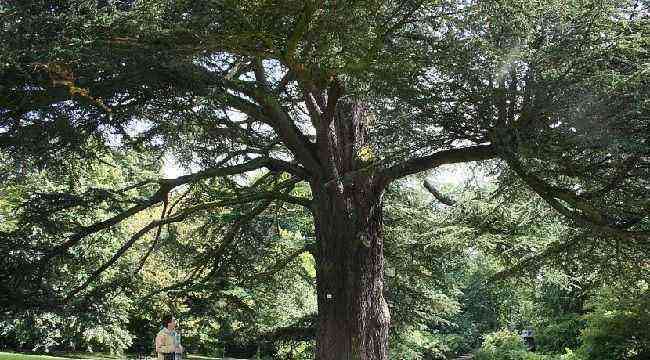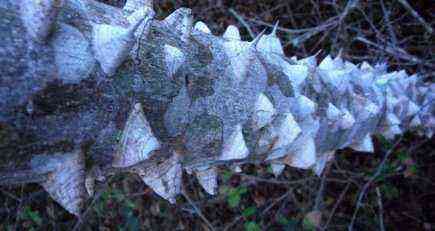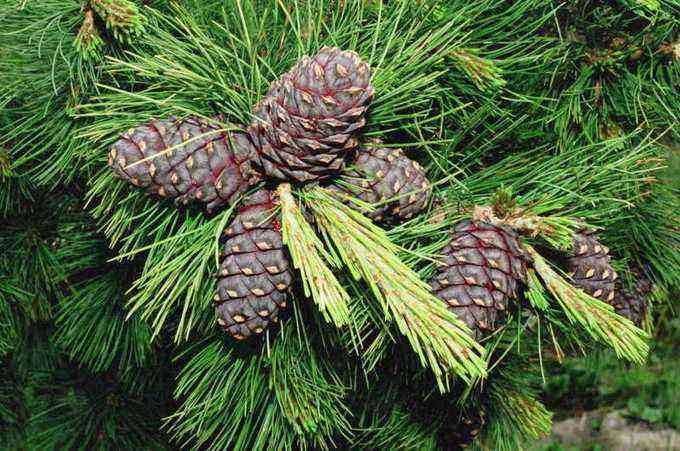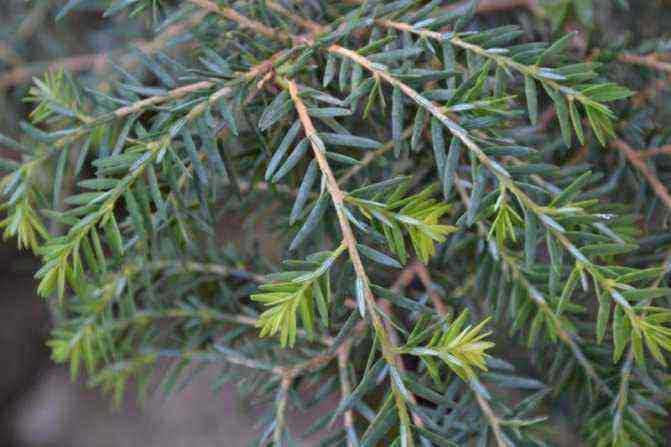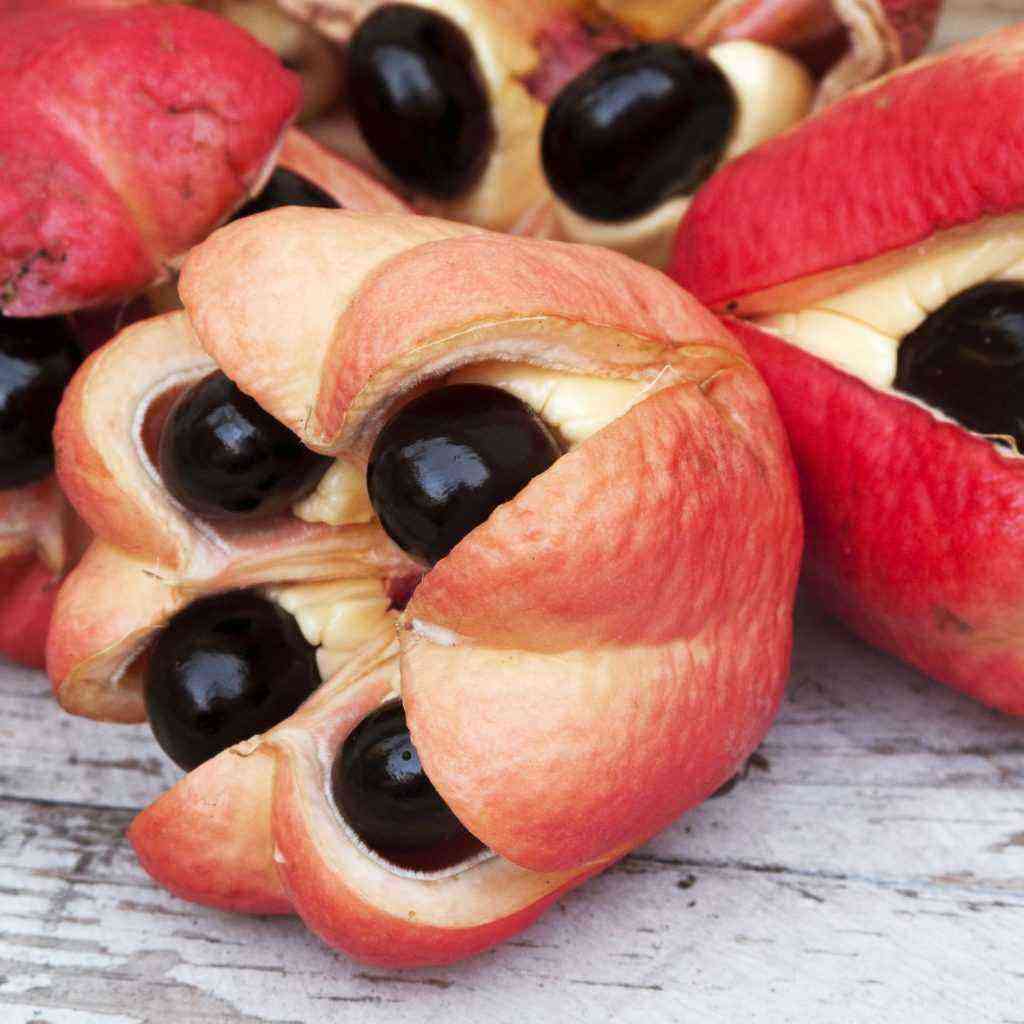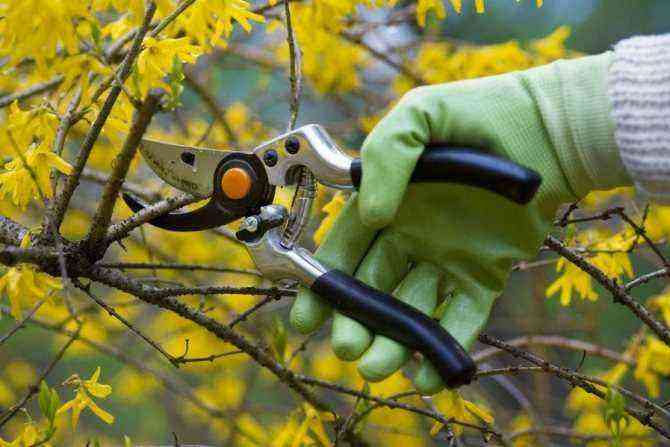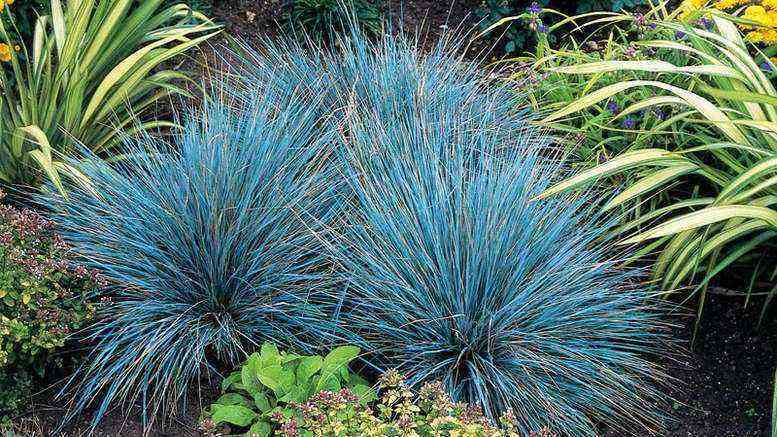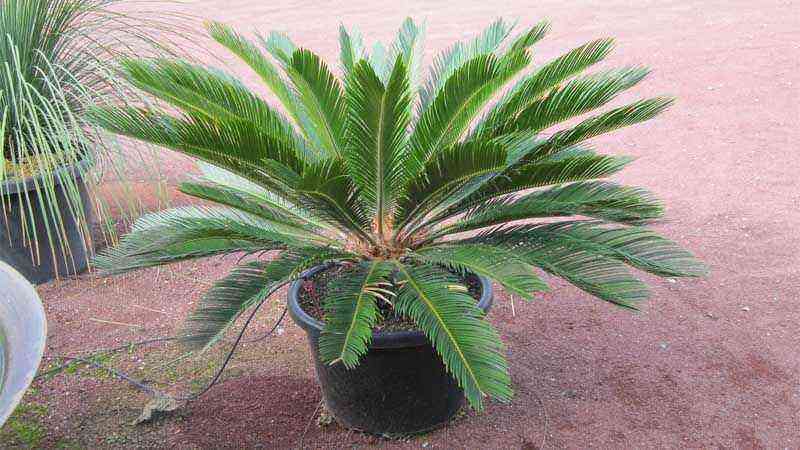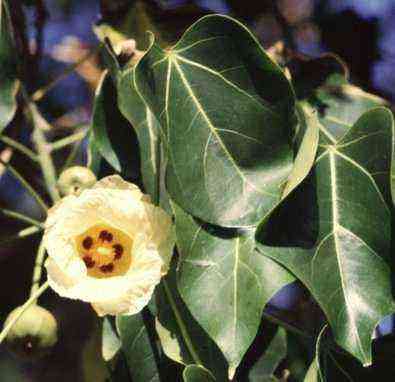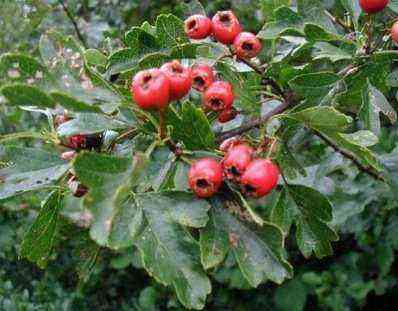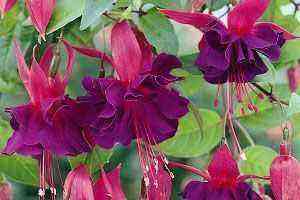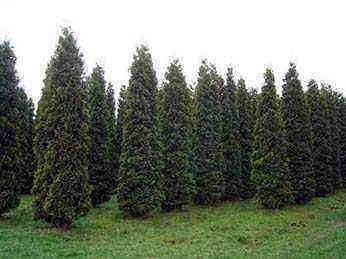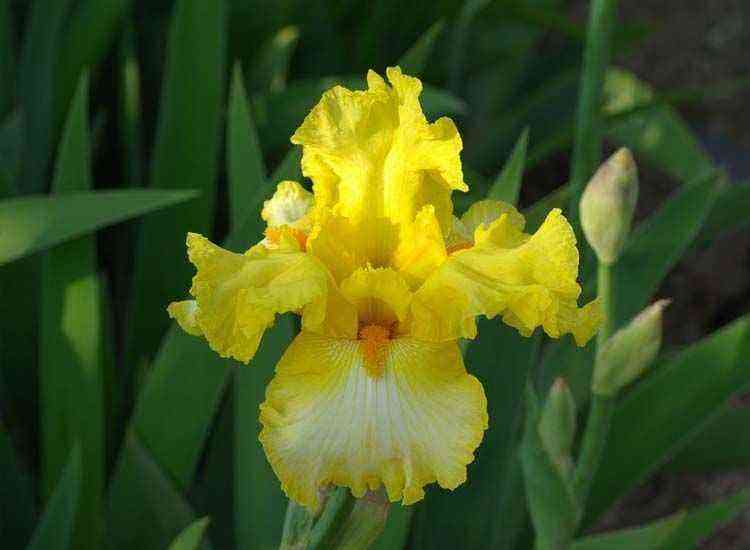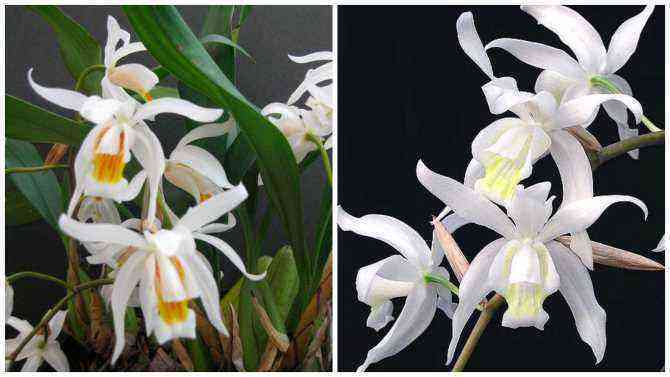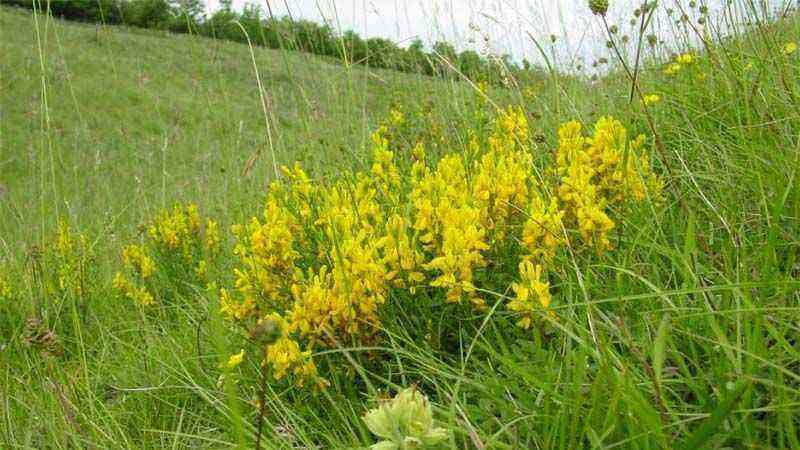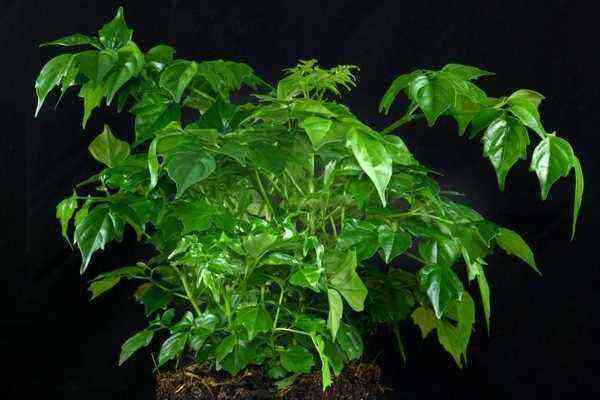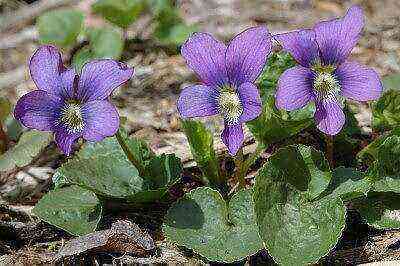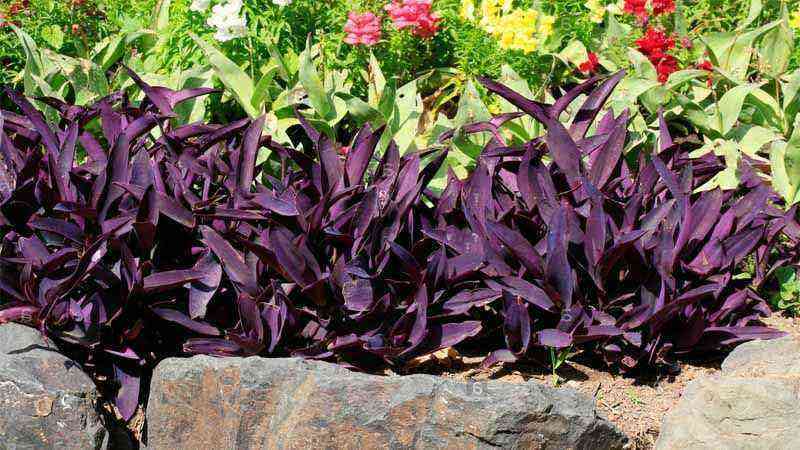The male abrótano, is an ornamental shrub belonging to the family of the Asteraceae, originally from the Mediterranean area of Europe, mainly from Spain and Italy. The genus Artemisia is made up of 1.598 species according to The plant list, of which 481 are accepted. The rest are synonyms or plants still in the process of acceptance or classification.
His scientific name is Artemisia abrotanum, but it is known by several common names such as: Wormgrass, mugwort, alsuila, green balsam, worm plant, lemon balm (for its lemon scent), headed thyme, woman’s broom, ether grass, doggy thyme and a long etcetera .

Distribution of the male Abrótano. Extracted from GBIF.org
Although at one time it could be found in abundance in the wild, today it is quite rare, but thanks to the pleasant lemon scent that gives off and its reputation for being a plant to which a large number of medicinal properties are attributed, today it is still cultivated in orchards and gardens.
About her name there are those who say that it is in honor of Artemis, the Greek goddess of hunting and healing virtues, on the other hand there are those who think that it is due to Artemisia II, who was queen in Caria in 352 BC and that she was a expert in botany and medicine.
CHARACTERISTICS AND CARE OF THE MALE ABRÓTANO
La Artemisia abrotanum it is quite a herbaceous plant similar to absinthe that can reach between 50 centimeters and 1 meter in height. Its green leaves are pinnate and hairy or hairy, silky in texture, small in size and divided into narrow linear segments.
Its bright yellow flowers have a slight lemon flavor already at flowering they appear in small hanging clusters. It blooms from July to October.
Climate and substrate
With a Mediterranean climate, it grows abundantly in places where summers are warm and winters are mild, and in areas where there is humidity. Although it is quite resistant and can withstand times of drought and low temperatures.
It prefers dry, limestone soils with good sandy drainage. A contribution of organic matter will favor a greater intensity in flowering and a denser foliage.
Irrigation
It requires moderate irrigation and is able to sustain itself only with rainwater.
Pruning and harvesting
The flowers sprout in spring and last until late summer, which is when they are in an optimal state of collection for medicinal use along with the leaves.
It is convenient to mow the plant about 30 centimeters from the ground at the end of summer to favor the new sprouting in spring.
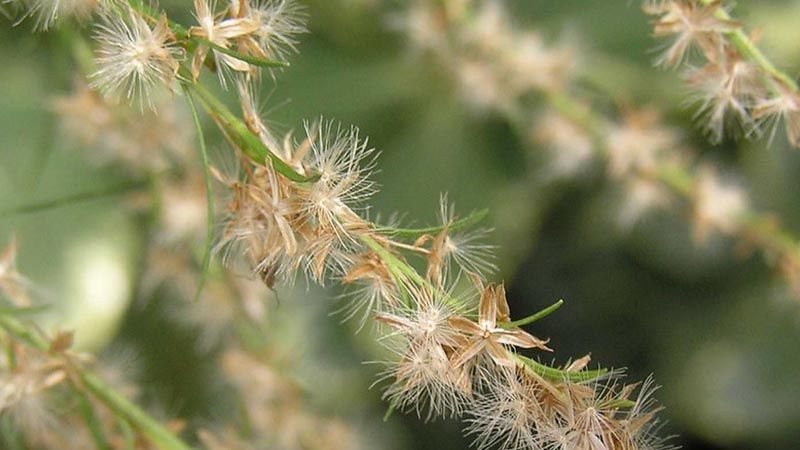
Foto de: Ahashi HQ
Male opener properties
The male abrótano, has been and continues to be very popular since many benefits are attributed to it aromatic and medicinal. With it, infusions, herbal teas and lotions are prepared as natural remedies for various uses. One of the most famous was the fortifying hair lotion, which was present in almost all traditional barbershops in the 60s and 70s and was applied with great devotion by men who were already beginning to thin the crown.
It is also recognized as a great effect as an insect repellent, the French know it as the herb «wardrobe “ and they use it in closets like antipolillas.
And it is not only the male opening. In general, many plants of the genus Artemisia they have similar properties and have been used in traditional medicine. And remember that in the end much of the pharmaceutical industry drinks from the compounds of these plants. And it is not a criticism, quite the opposite. The pharmacy (among other things) studies the effects of active principles to apply them in the appropriate doses.
Active principles of male abrótano
Used in the elaboration of medicinal formulas, the leaves, stems and flowers of the male abrótano contain the following active principles:
- Abrotannins
- Flavonoids
- Hydroxycoumarins.
- Essential oils
- Polyphenolic acids
Of the essential oils extracted in This studio, we specifically highlight the percentage of piperitone, compound used as raw material for the production of synthetic thymol, a molecule that is found naturally in thyme among other plants and that has highly contrasted antimicrobial properties.
Therapeutic uses
Such is the historical importance of the therapeutic properties attributed to this plant, that Charlemagne, in chapter 70 of his Capitulare de villis vel curtis imperii, decreed the mandatory rule that the Artemisia abrotanum L., along with other plants and trees, it was grown in gardens that stretched throughout his empire.
The list of uses and applications that have been compiled throughout history is therefore legendary:
- Relieves stomach pain in episodes of gastritis, flavonoids act as an antispasmodic by relaxing smooth muscle.
- It improves heavy digestions by stimulating the digestive process and favoring the production and elimination of bile.
- Strengthens the liver and improves liver functions.
- Improves mouth sores and canker sores.
- In women it relieves painful menstruations and regulates the period.
- It helps in wounds by accelerating the healing process and as an antimicrobial agent.
- Relieves pain from muscle contractures by applying it to the skin.
- Relieves itching or itching of the skin.
- Treats and helps eliminate intestinal parasites such as: Ascaris lumbricoides, Enterobius vermicularis, Trichuris trichiura o Taenia (lonely). Hence its common name of worm plant.
- It improves seborrheic dermatitis, helps in the elimination of dandruff and fights alopecia, although we all know that androgenic alopecia has little or no remedy.
And it’s not that we take this off our sleeve. There are numerous publications about it. Here are a couple of examples:
- Study on people with allergic rhinitis in which its efficacy is evaluated thanks to its essential oils and flavonoids as antispasmodic, expectorant, antiseptic and antimicrobial: Remberg, P., Björk, L., Hedner, T., & Sterner, O. (2004). Characteristics, clinical effect profile and tolerability of a nasal spray preparation of Artemisia abrotanum L. for allergic rhinitis. Phytomedicine, 11
- Evaluation study of Artemisia abrotanum extracts and other plants such as antiparasitic intestinal treatment con resultados muy positivos. Amirmohammadi, M., Khajoenia, S., Bahmani, M., Rafieian-Kopaei, M., Eftekhari, Z., & Qorbani, M. (2014). In vivo evaluation of antiparasitic effects of Artemisia abrotanum and Salvia officinalis extracts on Syphacia obvelata, Aspiculoris tetrapetra and Hymenolepis nana parasites. Asian Pacific Journal of Tropical Disease, 4, S250-S254.
Preparation mode
At present we can find products that contain among their ingredients the male abrótano, such as lotions, shampoos or tinctures, too its leaves and flowers are marketeds ya preparadas to use them in infusions, bottles of essences for aromatherapy or even essential oils. Although if you have a plant at home and want to take advantage of it to make the preparations yourself, there are several ways.
The first thing you have to do is collect the leaves and flowers towards the end of summer and then let them dry by tying them in bouquets and hanging them in a dark, ventilated and humidity-free area. After about ten days the plant will be dry and you can keep it in an opaque glass jar with hermetic closure so that it does not lose its properties.
Tincture:
In a glass container with a lid, mix 100 grams of the dried plant with a liter of 60-degree ethyl alcohol (available in pharmacies), close and store in a dark and cool place for about twenty days, shaking it daily. After that time the mixture is passed through a fine filter and stored in an opaque bottle.
This same process can be carried out by substituting the alcohol for olive oil or glycerin to obtain the fluid extract.
Infusion:
We will put in a container to the fire 50 gr. of dried plant in 200 ml. of water and bring to a boil, let it boil for two minutes and remove from the heat, letting it infuse for a few minutes.
Despite having many benefits, the male opener is contraindicated in pregnant or lactating women. It is also advisable to consult the appropriate doses with a doctor, since it has been shown that it contains substances that can be toxic to humans.
![Cultivation of Manihot esculenta [Cassava, Cassava] Cultivation of Manihot esculenta [Cassava, Cassava]](https://farmer-online.com/wp-content/uploads/2021/05/Cultivation-of-Manihot-esculenta-Cassava-Cassava.jpg)


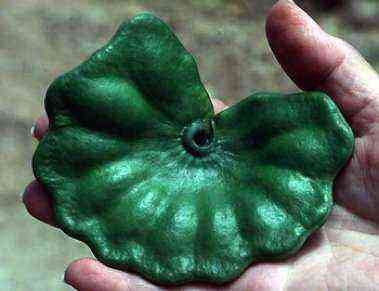
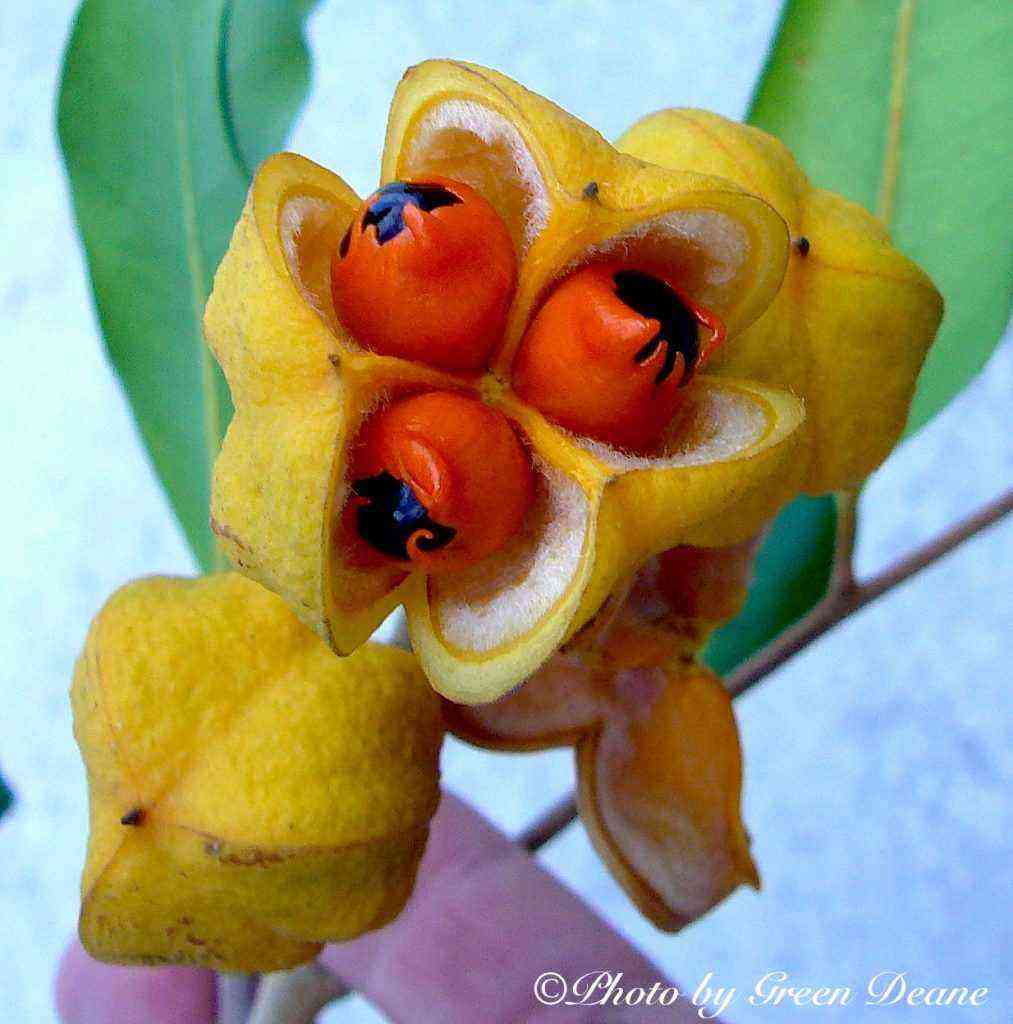
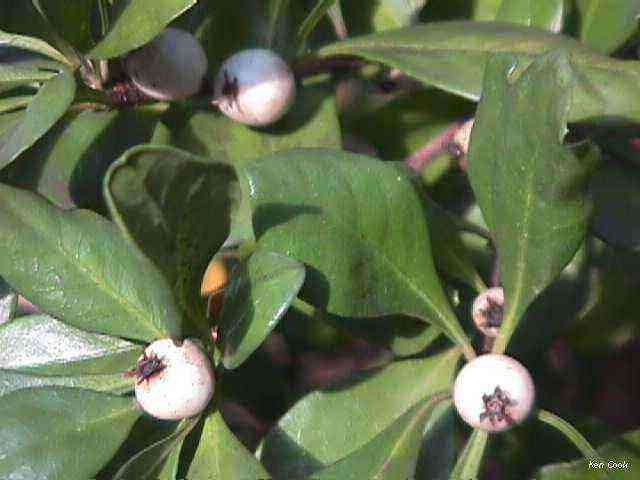


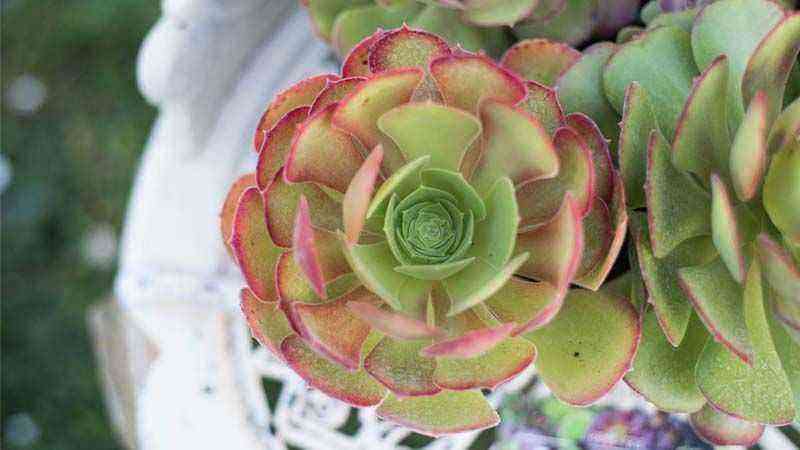
![Cultivo de Magnolia stellata [magnolia estrellada] Cultivo de Magnolia stellata [magnolia estrellada]](https://farmer-online.com/wp-content/uploads/2021/05/Cultivo-de-Magnolia-stellata-magnolia-estrellada.jpg)
